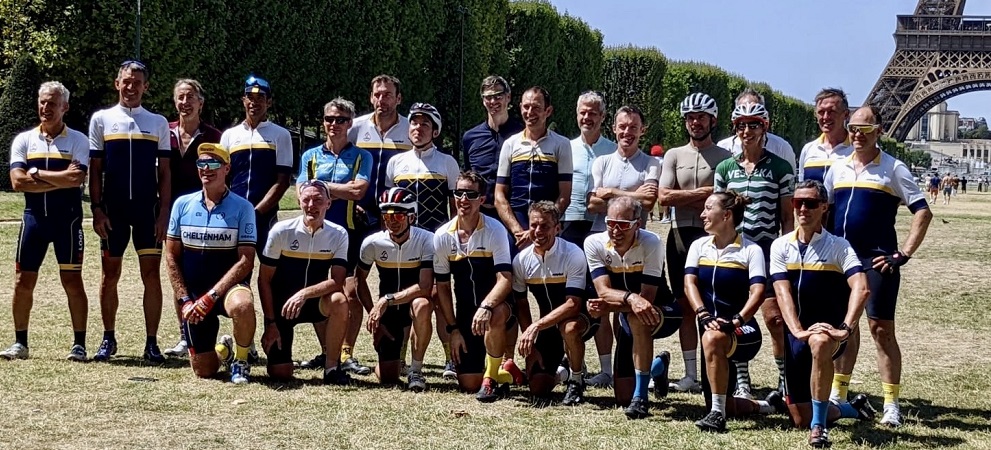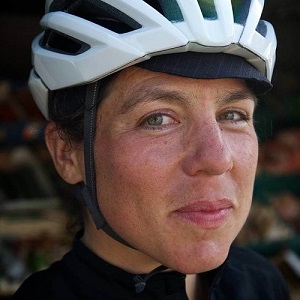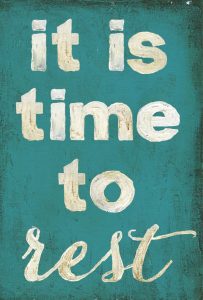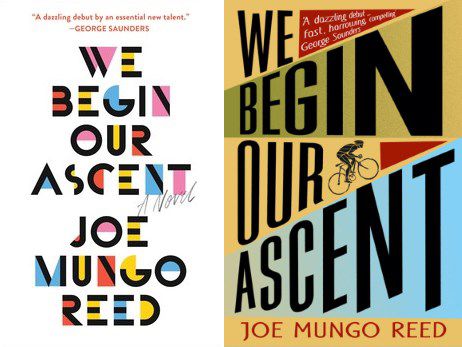Emily's June Training Advice


As you read this you will probably be putting finishing touches to your bike, amassing the contents of your kit list, and (in many cases) fretting about your level of fitness, and all the training you haven’t got round to doing.
Well, you can soon stop worrying. By mid June (or late June, if you’re joining us for one of the later Loops), you’ll be as fit as you’re going to get, and the only way to improve the state in which you begin the ride will be tapering and resting. You may not have hit all of your targets, but most of you will have done more riding this year than ever before, and if you cast your mind back to those dark January days, when you battled through snowstorms (or sweated it out on the turbo), hopefully you’ll see the progress you’ve made.
Remember that no one will start this ride in perfect condition (there’s always more that can be done), and most riders, no matter how fit they look, will be harbouring a few concerns about whether they’ve done enough training, whether they’ll get dropped on the climbs, and whether they’ll fit in with the rest of the group. Don’t worry. You’ll be fine.
Last minute tweaks
That said, before your taper begins, you still have a couple of weeks to work on any areas you still feel need improvement – or just to indulge in a big cycling binge so that you enter your tapering period enjoyably exhausted. By now those riding the Grand Loop should be comfortably able to ride back-to-back 200km days, with a decent amount of climbing – those of you who rode a multi-day sportive back-to-back last weekend are comfortably on track. Anyone doing a shorter loop should aim to have covered the longest distance they’ll be riding at least once, and to be used to riding two or more days in a row, even if not at the distances you’ll be attacking in July.
If you can make time for a multi-day ride in the early part of this month (perhaps a long weekend away, or just a few rides out from your house), I’d strongly encourage you to get out there, and spend as much time as you can on the bike. And then…
The art of the taper
The aim of tapering isn’t just to give yourself a bit of a rest before the big day – it’s a more complex process of reducing your levels of fatigue and fitness (yes, you read that right) so that you start Le Loop in the best possible condition. But don’t worry about losing all your hard-won speed and strength: fatigue will drop faster than fitness, meaning that your overall performance will still be better than it would if you continued to train at full intensity right up to the grand départ.
Your tapering period for Le Loop should be at least a week, and preferably ten days. I’d also recommend you don’t plan any multi-day leg-busters closer than two
Listen to your body, and if at any point a ride leaves you feeling tired or sore, cut back what you’re doing, and make sure you’re giving yourself enough time and space to recover. At least two days before the start should be spent in complete rest – more, if you feel you need it.
You may find that your training naturally takes a bit of a downturn at this point, as your time is increasingly taken up with all the last-minute preparations: packing, planning logistics, tying up loose ends at work. I look on these distractions as useful – it can be much harder when everything’s under control and all you have to do is sit around worrying about how tired and sluggish you feel.
This is why it’s almost more important to have a firm plan for tapering than it is for training. For high-achievers (as I suspect most of you are), it’s easier to do more than it is to do less, especially when you’re not seeing results, and two weeks is a long time. I’ve often spent the run-up to a big race feeling chronically tired and unfit, fighting the temptation to go out and energise myself with a two-hour sprint. I’ve learned to tell myself that this is all part of the process, that the sleepiness is my body’s sign that it’s recovering, repairing and conserving energy for what lies ahead, and that I won’t have lost any significant fitness in just two weeks, even if it feels like I have.
A last hurrah
If you get to the final week and just can’t sit still any longer, you could plan what’s called a ‘supercompensation’ ride a few days before the start. The thinking behind this is that a longer ride will deplete your carbohydrate stores and jump-start your metabolic processes, so that everything’s firing correctly for the big day.
I’d strongly recommend this, for its mental as well as physical benefits, but would also caution you that it’s important to keep the ride well within your capabilities (no sprints or big hills), leave enough time for recovery to take place (two full days would be best), and to make sure you eat, hydrate and rest well during that period.
My usual trick before the Transcontinental was to catch a Wednesday night ferry to Dunkirk, and ride overnight from there to the start in Geraardsbergen (a nice flat 100 miles), arriving on Thursday morning. I’d then spend the day snoozing into successive plates of chips and pasta, sleep for a magnificent 14 hours on Thursday night (while everyone else twitched with pre-race insomnia), and then laze (and eat) away the remaining hours until the race started on Friday night. My sub-48-hour recovery period arguably wasn’t enough, but I found the last-ditch boost to my appetite and sleep efficiency really helpful, and definitely arrived at the start line feeling fresher than I would have otherwise.
Any other business
You’ll probably spend a lot of this last month working your way through endless to do lists, making sure bike, kit and body are ready, and that family, work and other home commitments are prepared to do without you while you’re away. A couple of things I’d advise you to pay attention to are:
- Bike set-up. You should most definitely not be making any final adjustments by now (recipe for disaster), but do make sure your bike’s freshly serviced, and that all the perishable parts (tyres, cables, brake pads, cleats) have been replaced recently. If you haven’t already booked your bike in for a service, do it now – bike shops are seriously busy at this time of year.
- Hopefully you’ve got into some sort of routine with yoga, Pilates, or post-ride stretching sessions. During Le Loop you’ll be too tired for a full hour’s yoga session most evenings, but by now you should have a better idea of what your problem areas are, and which stretches are most helpful for you, so you can concentrate on them.
- Eating and drinking. If you’ve had a weight loss target over the last few months, now is the time to let go of it. For the final stretch it’s much more important to make sure your body is properly fuelled for what lies ahead. Similarly, over the last few days before the start, try to drink more than you normally would (some riders also cut out diuretics like coffee and alcohol), so that you start Le Loop properly hydrated.
And with that, I’ll bid you farewell, and look forward to seeing you in person in Bilbao, or wherever you’re joining us. Well done for all the hard work you’ve put in to get to the start line – now you get to reap the benefits.
And to help you relax before the big day, here’s this month’s reading recommendation:

We Begin Our Ascent, Joe Mungo Reed
This confident literary debut is a fictional (but arguably true-to-life) account of life on team buses and in three-star hotels during a grand tour. The plot thickens as rider Sol and his biologist wife Liz, spurred on by their ambition like a latter-day Lord and Lady Macbeth, end up being drawn into a doping circle. I’ll leave you to discover the twists and turns for yourself, but rest assured this is a cracking holiday read, and you’ll probably appreciate it even more once you’ve spent a few nights on Tour yourself.
Emily

